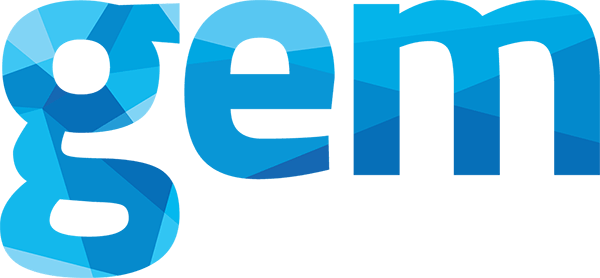The 4 P's of Content Marketing That Makes Your Content More Effective
Posted Monday May 07th, 2018 by Peter Kozodoy in Analysis + Strategy.Anyone who has spent some time in a business or marketing class has probably heard of the 4 P's popularized by Neil Borden in the 1950s: Product, Price, Place and Promotion.
The 4 P's of marketing has been a time-tested framework for companies in every industry. But, as today's marketing has evolved into an insatiable need for content, it's time to update the 4 P's to help companies in any sector design a content strategy that works to capture and convert your target market.
To that end, here is a new set of 4 P's that you can use to create incredibly effective content:
- Platform. Before you even start writing, consider where your content will appear. Your website blog is just one of the many places where your piece needs to end up. In addition, make sure you get distribution on a few key platforms including Quora, Medium and LinkedIn. Those are all "owned" platforms, which means you can control when you release your content. But as a bonus, those platforms routinely get picked up by publications like Inc., Forbes and other big names that you can leverage if your content is chosen. Finally, make sure your content gets onto your own email campaigns and your social media (and feel free to redistribute "old" content, since no one is sitting on social media long enough to see that you've re-posted last week's article!). Although there's nothing new about repurposing your content across multiple channels, thinking strategically about where your content will appear will help you better align your content with the platform; for instance, on Quora you'll want to be more Q&A focused, while on an email campaign you might want to write for a shorter, more concise piece. Thus, you might end up with multiple versions of the same blog, tailored to each channel you use, which is the perfect way to think about using the platforms to your advantage.
- Position. When you get to your headline, pause for a moment to ask yourself what position you will take in your content. Are you explaining a technique? Promoting a service? Sharing an experience? Depending on what position you're taking, you'll want to make sure you build a logical sequence that takes your reader from beginning to middle to end. Moreover, make sure you have a few key points laid out ahead of time that you want to make, in order to avoid wandering around and ending up confusing the reader about what point(s) you're trying to make.
- Payback. Once you start writing, ask yourself what the ROI of this content should be. That's a point not often discussed among content strategists, but in my opinion it's the most important thing you can design in every piece of content. Think of it this way: the time your reader spends on your piece is time that that person will never get back, and it has an inherent opportunity cost. So, make sure that the information you're providing will give your reader more value than that person could otherwise get in the five or so minutes it will take to read your piece. In other words, avoid the fluff, get to the point and make sure your information is really valuable!
- Pizzazz. Reading your content should be a fun experience. There should never be a point at which the reader gets bored because your copy is too jargon-y or sales-y. Trust me, it's difficult to avoid sales-y language -- and even after 10 years of strategic copywriting, I still write pieces that I later tear apart because they sound like a used car salesman wrote it! The important thing to remember is that if you were at a dinner party explaining your information, you'd express your points with emotion, storytelling, interesting language and an upbeat attitude. That's exactly how you should write your content -- as if you were explaining your points in person. In fact, feel free to dictate your first draft, and you might be surprised how much more conversational and engaging your piece is than if you had typed it out!
Although it can be daunting to sit down and write out your weekly content, using a framework like this one will help you get into a rhythm that makes it easy and even fun to crank out content at the crazy pace our digital world demands. Happy writing!
Tags
Scroll, or tap/click a list item to filter posts by that tag.
« Clever Creative: You do you, Hotels.com Clever Creative: American Express – Thinking Outside the Blue Box »
